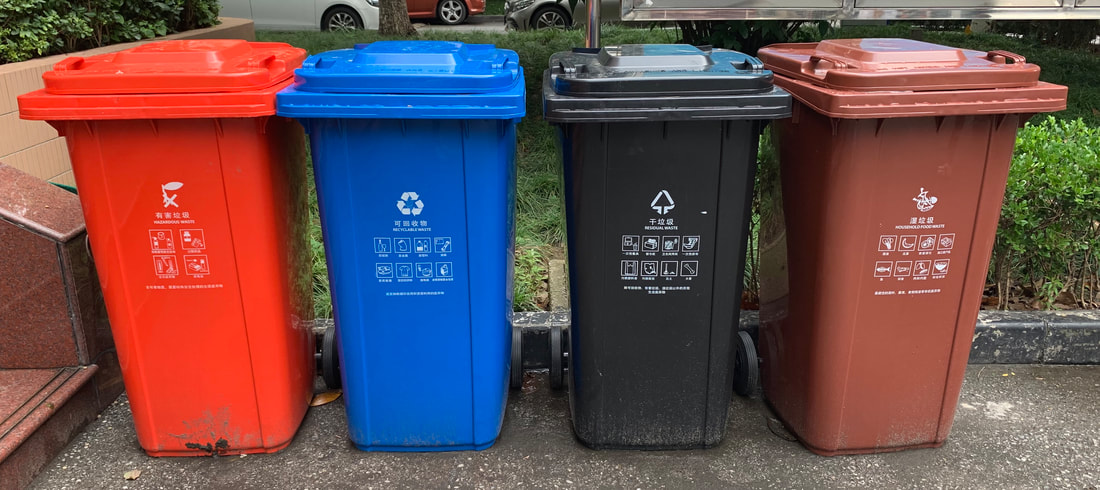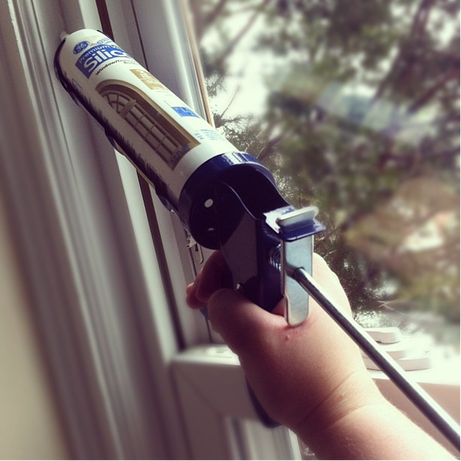|
Last month on the Bug Lessons blog, we talked about monitoring pest problems and assessing damage. At this point, we’ve reviewed roughly half of the steps of a successful IPM program! Before we get into the different types of actions that can be taken to reactively deal with pests, let’s talk a bit about proactive action. Once you know what your pest is, how many you will tolerate, and how to keep track of them, it is a good time to start thinking about ways to prevent the problem from continuing or happening again. So today, we’re going to focus on what to do to prevent callbacks and future pest problems while enacting a pest management plan. Quick Refresher!If you think all the way back to our first IPM series blog, you might remember we mentioned that many pest problems are more effectively solved with preventative versus reactive strategies. To reiterate: sanitation, pest-proofing, reducing hospitable pest environments, etc. should be considered when designing your IPM plan—this way, pests do not return after you have finished your reactive treatments (such as applying pesticides). Prevention should really be the first tool in pest management, because it is usually environmentally-friendly, low cost, and effective. So, let’s talk about a few ways we can keep pests out, while acknowledging that each of the solutions below may or may not be appropriate for each and every situation. For any specific questions or general assistance- feel free to reach out to Jennifer! SanitationKeeping things tidy goes a long way in preventing pests. The fewer things for pests to feed on/hide in/breed on/drink from, the better. There are a multitude of things you can do to eliminate pest breeding and aggregation sites through sanitation. What you choose to do depend on the structure and pest in question, but here are a few things to try (many are situation-dependent):
 Proper waste management is critical in controlling pest insects. Pests enjoy the same foods that we do, and often take shelter in our waste items. Sealing these in bags and placing them into bins for regular pickup, as well as storing bins far away from structures, can prevent pest infestations inside structures. (Image Credit: SS Young, Image Source: Wikimedia Commons) ExclusionMuch like sanitation, exclusion is meant to keep pests from accessing potentially attractive items within the structure—i.e., things that they like to feed on, breed/harbor in, or drink from. There are a few steps that can be taken to exclude pests from a structure. These are often done by the owner/occupier of the structure, versus a pest management professional (but not always). Some things to try include:
Remember—mice and rodents can enter through cracks as small as ¼”. Insect pests can get into even smaller places. Don’t underestimate them! For more information--check out our blog on exclusion, here! There are other things you can do to prevent pests, too, that should have been identified through monitoring and inspection. For instance, did you happen to learn where pests were coming in? Through recordkeeping, perhaps you identified a certain supplier that is delivering infested product? Shipments could be discontinued until the problem is solved. Maybe a door is left open too long during the workday and critters are wandering in? An air curtain may be appropriate in that case. For structures where pests are probably going to be a problem no matter what (e.g., poultry farm, commercial kitchen) light or other types of insect traps might be helpful. Whatever you decide, it should (ideally) be something that helps prevent the need for consistent reactive treatments, especially those that involve pesticide application. Although we’ve discussed visual inspections in other sections- they are relevant here too. Regular inspections can help identify new conducive conditions that would encourage pest infestation. ConclusionsAs we’ve stated many times, integrated pest management is a great way to control pests while being conscious about environmental impact and preserving the efficacy of chemical pesticides. Preventing the establishment of pests is an important step in the process. If no pests are present- no treatment is needed! That’s the ideal scenario, right? For more IPM tips and tricks, keep an eye out for next month’s blog where we will finally go over reactive pest management strategies, including the application of pesticides.
0 Comments
Your comment will be posted after it is approved.
Leave a Reply. |
Bug Lessons BlogWelcome science communicators and bug nerds!
Interested in being a guest blogger?
Archives
November 2023
Categories
All
|
